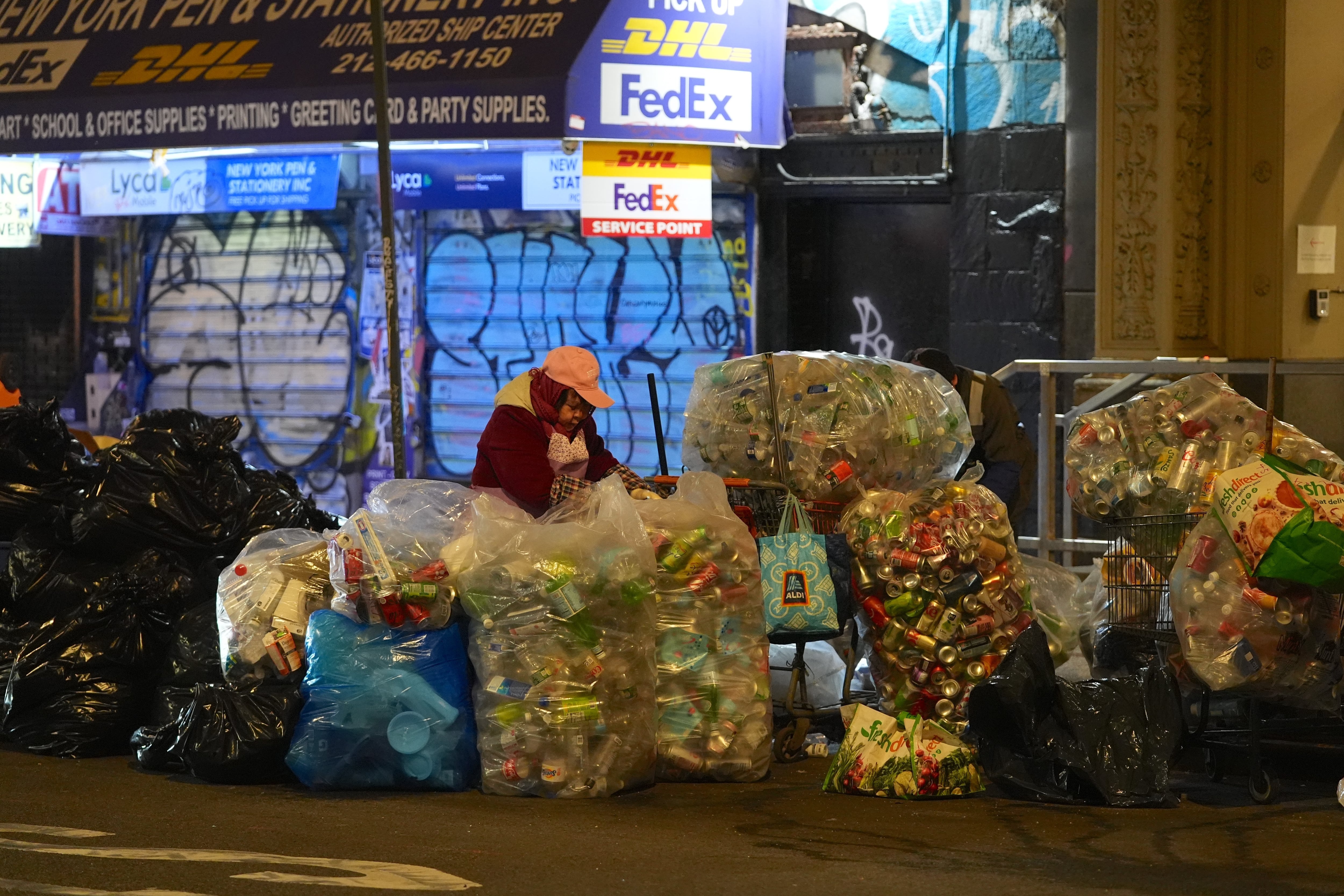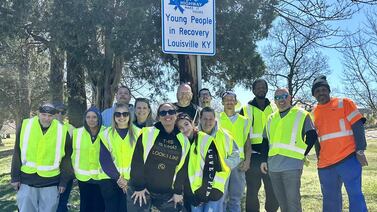This story was originally published by THE CITY. Sign up to get the latest New York City news delivered to you each morning. Sign up to receive Healthbeat’s free New York City newsletter here.
New York City is getting rattier, thanks to climate change.
That’s a takeaway from a new study, which found cities that warmed the most saw the largest hikes in rat populations.
Using data from public rat sightings and inspections between 2007 and 2024, the researchers examined 16 cities around the world and found two-thirds saw increases in rat populations. New York City saw the fourth-highest spike in rats.
The rats don’t just run this town — they also run Washington, San Francisco and Toronto, which, according to the study, had the biggest rat increases, respectively. On the other end of the spectrum, three of the 16 cities covered saw significant drops in their rat population with the biggest decrease in New Orleans, followed by Louisville and Tokyo.
The study, published in the journal Science Advances, is the first of its kind to use data to demonstrate the connection between climate change and rats. Its 19 authors hailed from all over the world and represented a variety of fields, including biology, environmental health, and pest control.
“The number one priority for cities should be waste management, and in particular, food resource management,” said the study’s lead author, Jonathan Richardson, an urban ecologist at the University of Richmond. “New York has kind of been in the dark ages in terms of trash management for a long time, but things are changing in a way that I think is really positive.”
City “Rat Czar” Kathleen Corradi, whose official title is citywide director of rodent mitigation, says the results are a reminder that humans need to step up to counter forces that push rat populations to grow.
“What this study underscores is some kind of factors that are outside the control of an immediate governance,” Corradi said, “but the management of this animal is absolutely essential.”
A rat is “the perfect urban exploiter,” added Corradi. “Rat behavior is almost entirely fueled by human behavior.”
Mayor Eric Adams has made the war on rats a central part of his administration’s strategy, with his Department of Sanitation moving ahead with containerization of trash in the city. Meanwhile, he continues to swat at Department of Health and Mental Hygiene summonses alleging a rat infestation at his Brooklyn home. The Daily News reported Tuesday that the mayor missed a December hearing date on the latest rodent citation and owes $330.
Just as human behavior fuels rat behavior, so too does human behavior fuel climate change — chiefly a result of burning fossil fuels, which release gases and heat up the planet.
In New York City, temperatures have increased about 0.3 degrees each decade since the 1950s. They are projected to rise between 2 and nearly 5 degrees on average by the next decade, according to the New York City Panel on Climate Change. Across the board, cities tend to be hotter than rural or suburban areas because of concrete, tall buildings that limit air circulation and heat-generating activities — like driving and running air conditioners — that emit heat.
Since rats are (relatively) small mammals, they must regulate their body temperatures. Cold weather places limits on rats, requiring them to stay sheltered for longer and find more food to maintain internal temperatures. On the other hand, warming weather gives rats more time to be out and about, foraging and breeding.
“It seems like those warming trends impact the physiology of these rats in a way that benefits them,” Richardson said. “We certainly would predict that as warming continues, the rats will continue to benefit, probably because they’re able to be active during the cold weather months more than they are, or more than they were previously.”
While the researchers found that rat population booms were most closely linked to increases in each city’s temperature over the past century, other factors that played into growing rat populations included a lack of greenery and high human population density. The more people, the more food waste, which feeds rats.
Previous research had found New York City rat sightings peak in late summer and dip to lowest rates in the middle of winter — which can be attributable to a change in both rat and human activity. More rats are outside in the summer, as are New Yorkers, who see and report them.
To fight rats, the Adams administration is asking businesses and residents to put trash and organic waste into containers for disposal, rather than in bags piled up on sidewalks that provide a feast for rats. (Though determined rats can still chew through those bins.)
The city also set up four Rat Mitigation Zones to focus on ousting rats in high-needs areas. Early data suggest the programs have been promising.
New Yorkers can learn about rodents and pest management through the Rat Academy, hosted by the the city Department of Health, and become part of a so-called Rat Pack.
In the fall, the City Council greenlit a pilot program to deploy rat birth control, rather than poison, in certain areas in order to save birds and other urban wildlife that have become sick or die after eating poisoned rats.
The bottom line, according to the authors of the study: Cities that want to get rid of rats should focus on changing the environment that allows rats to thrive, rather than on removing rats themselves.
Samantha Maldonado is a senior reporter for THE CITY, where she covers climate, resiliency, housing and development. Email her at smaldonado@thecity.nyc.







